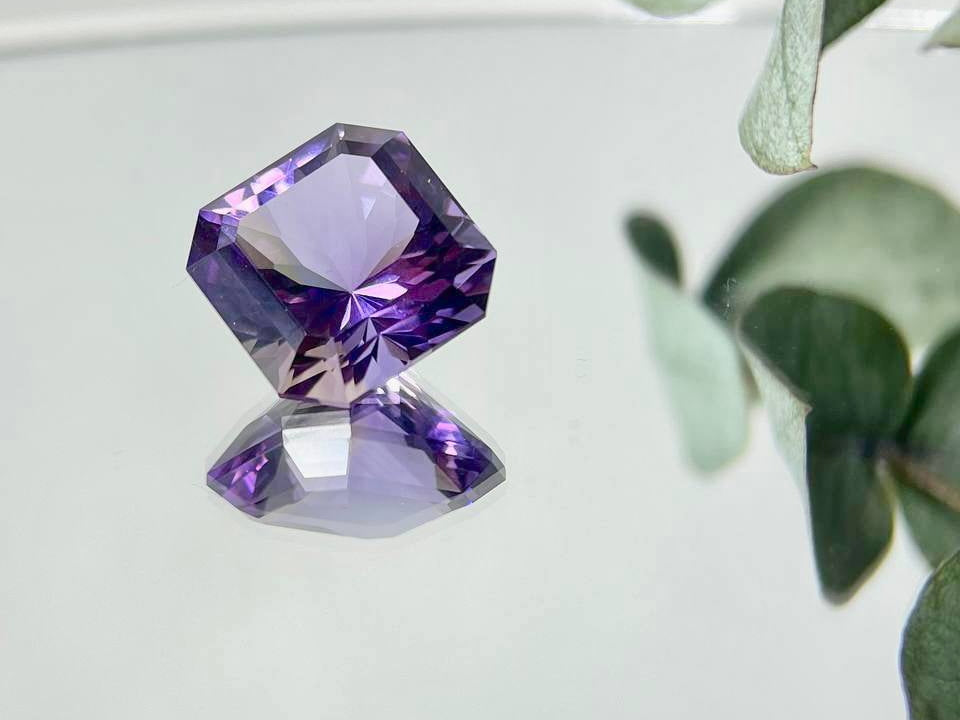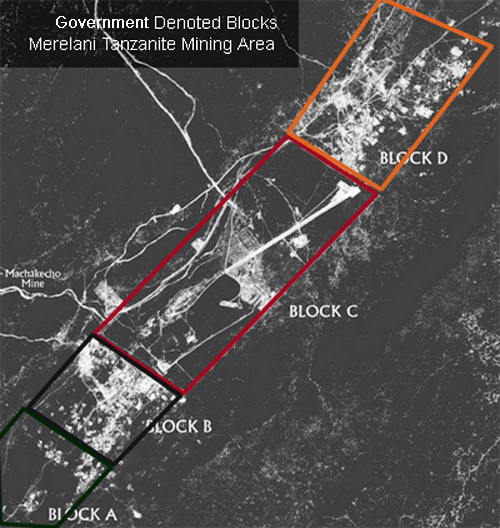
Tanzanite Mining Blocks and Their Significance
Share
When discussing tanzanite, you often hear the term “D Block.” This designation indicates that the stone was mined from the best part of the deposit, where the mineral quality is at its highest. D Block tanzanites are known for their exceptional color saturation, clarity, and overall value, making them the most sought-after in the market.
Understanding Tanzanite Mining Blocks
Tanzanite is mined exclusively in a small region of Tanzania, within the Merelani Hills, where the deposit is divided into several mining blocks: A, B, C, and D. Each block has distinct characteristics that influence the quality and price of tanzanite:
• D Block: The most prized and valuable tanzanites come from D Block. These stones exhibit the deepest and most vivid shades of blue and violet, making them the most expensive and highly sought-after.
• A Block: Tanzanites from A Block are still of good quality, but their color may not be as intense as those from D Block.
• B & C Blocks: Stones from B and C Blocks often have less saturation, making their color appear lighter. They may also have more inclusions or lower transparency, reducing their overall value.

Why Is D Block Considered the Best?
D Block tanzanites stand out because they typically possess exceptional color richness, high clarity, and superior brilliance. These natural characteristics make them the most valuable in the gemstone market. Collectors and jewelers specifically seek D Block stones for their superior quality, ensuring maximum beauty and investment potential.
If you’re looking for a premium-quality tanzanite, D Block is the ideal choice. When a stone is labeled D Block, you can be confident that it represents the finest selection available.

Olga Bachurina,
Co-Founder of Venus in Libra,
Certified by GIA & Gübelin Academy



